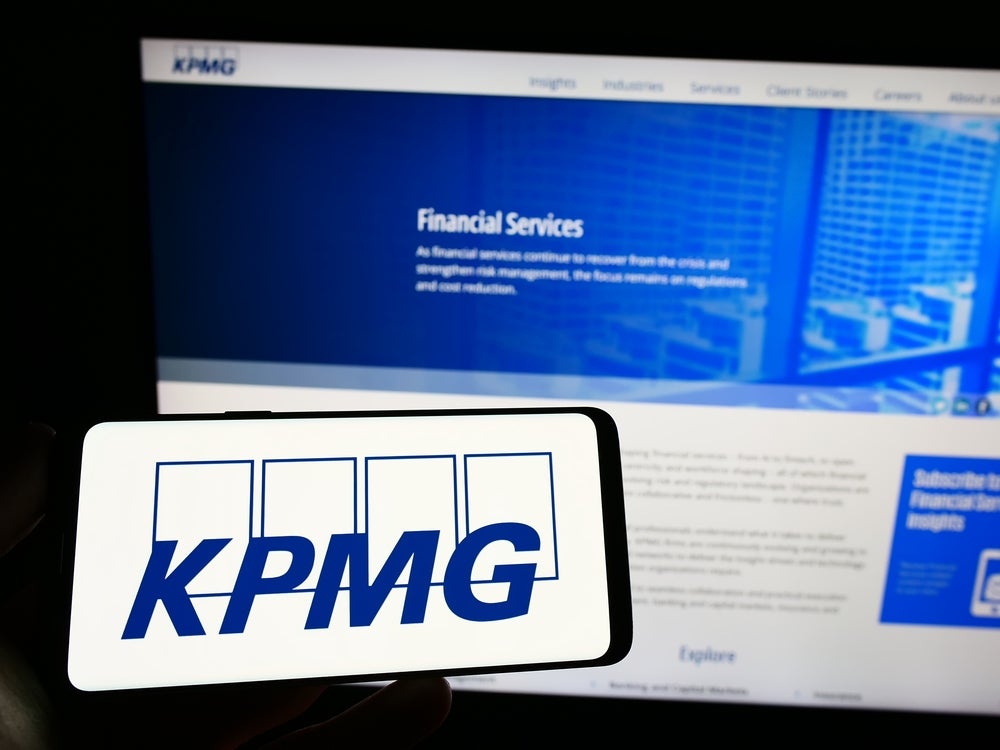As retail banks toil to restore their fortunes
and repair damaged consumer confidence, the need to enhance and
deepen customer relationships has never been greater. Only by
understanding their customers better, will banks be able to offer
product and service features, and associated benefits, more
tailored to individual customer requirements, argues Janet
Titterton
European economic recovery remains an elusive
beast, with economic indicators from governments and trade bodies
continuing to provide mixed messages about the state of consumer
confidence. Market conditions therefore remain challenging, to say the least, for retail banks.
Thanks to the financial crisis, the recession
and increased regulation, there is an urgent need to rebuild
banking revenues. Indeed, according to the European Banking
Authority in April, only 44% of Europe’s biggest banks would pass
the core tier one capital adequacy requirements of ‘Basel III’,
were those regulations introduced in one fell swoop.
However, to rise to this challenge, retail
bankers must accept that the nature of their customer relationships
has changed forever, and that a more insightful, data-driven and
tailored marketing approach is the only path to renewed commercial
success.
As a result of the ‘perfect storm’ that hit
them over the past five years, retail banks have had to
fundamentally rewrite marketing rules that served them well for
decades. Institutions are selling into a tough market, with
customers more eager to ‘deleverage’ than take on additional
fee-generating debt.
How well do you really know your competitors?
Access the most comprehensive Company Profiles on the market, powered by GlobalData. Save hours of research. Gain competitive edge.

Thank you!
Your download email will arrive shortly
Not ready to buy yet? Download a free sample
We are confident about the unique quality of our Company Profiles. However, we want you to make the most beneficial decision for your business, so we offer a free sample that you can download by submitting the below form
By GlobalDataTo make matters worse, the public’s trust in
banks, which could have served as a defence against non-bank
competitors, was dealt a seemingly fatal blow by the credit crunch
and its aftermath.
In consequence, today’s customers are now more
likely than ever to shop around for the best financial deals, in
stark contrast to the ‘life-long client’ mentality that
characterised our parents’ relationships with their banks. Even six
years ago, banks were still able to adopt the stance of the
‘passive pusher’: offering a range of products and services – some
competitive, others less so – with reasonable certainty that many
customers would accept what was offered without resistance or
cross-examination.
Today, in contrast, customer empowerment has
reached new heights, and banks are, for example, no longer the
automatic choice for credit card applicants: the ‘self-selecting’
consumer is just as likely to sign up with a non-bank card
provider, such as the UK’s Post Office, with its highly competitive
offering, or trusted retailers like Sainsbury’s or the John Lewis
Partnership.
Of course, these non-bank card providers are
still offering products ultimately backed by the banks themselves,
but less visibly so; perhaps the low current public trust in banks
provides the non-bank providers with a marketing edge in terms of
customer perception.
Customers might also feel the new card
providers offer more relevant, contemporary benefits than
established, ‘old-fashioned’ financial institutions.
In the face of this competition, the solution
for retail banks must be to find ways of enhancing and deepening
customer relationships. By understanding customers better, banks
would be better able to offer product and service features, and
associated benefits, more tailored to individual customer
requirements. By these means, banks should be able to increase
revenues, progressively rebuild customer trust and, over time,
enjoy as much customer loyalty as is possible in today’s fragmented
financial services market.
Many banks have already taken sensible steps
to increase their customer knowledge and focus. Rather than simply
pursuing as much market share as possible, institutions are now
eager to identify their most profitable customers and, using this
knowledge, attract other, similar individuals.
Some banks – such as Egg and Barclays – have
sought to reflect this intensified, ‘granular’ focus in their
product and service ranges, refining their product segmentation to
better differentiate between the needs of discrete customer
groups.
However, to maximise fee-based income in a
more sustainable manner, retail banks need to make greater advances
in how they analyse and understand their customers. Banks arguably
have more customer data than any other type of commercial
organisation, yet remain slow to tap the potential of this
information.
Compared to industries such as retail – from
which many of the new non-bank competitors hail – banks are
reluctant to devote the necessary time and money to analyse
customer data in search of needs, preferences and interests around
which features and benefits can be developed. Many banks still see
this activity as an optional cost rather than essential investment,
an attitude which, apart from preventing meaningful customer
segmentation, overlooks credit risk benefits which improved
customer insights can yield.
The level of customer understanding for which
we are calling paves the way for an entirely new level of
personalisation in retail banking.
As the ING Direct Savings Account
demonstrates, someone who banks entirely online rather than in
branches should not be required to pay the same fees as a person
making extensive use of bank facilities, such as an HSBC Premier
customer.
There is surely scope for a wider family of
differentiated banking relationships, each carrying a different
fee.
Extending the personalisation concept further,
customers will increasingly expect their financial service provider
to anticipate their needs, based upon the product choices and other
decisions they have made previously. By more effectively accessing
the customer data at their disposal, banks could be in pole
position to deliver this level of customer service, thereby helping
achieve the elusive goal of a profitable ‘total overview’ of each
customer’s relationship with the institution.
As a final ingredient for deeper and stronger
customer relationships, banks must also review the loyalty rewards
and benefits they provide, including fee-based products such as
added-value accounts (AVAs).
Long gone are the days when a mixed bag of
benefits could be offered through an AVA package, almost regardless
of the likely level of take-up by customers. The Financial Services
Authority is currently scrutinising the suitability and terms of
AVA insurance products.
Banks should take this opportunity to review
how well all their AVA products and services are matched to
individual customers’ interests, both for work and leisure. Unless
AVAs are appropriately tailored, they risk becoming seen as
‘worthless’, uncompetitive and damaging to customer
relationships.
Despite the pressure on banks’ margins, there
remains ample opportunity to deliver valued, relevant rewards, and
potentially earn incremental revenues, by adopting merchant-funded
reward programmes, for example, or tailoring AVAs to customer
segments and permitting an element of self-selection within benefit
packages.






